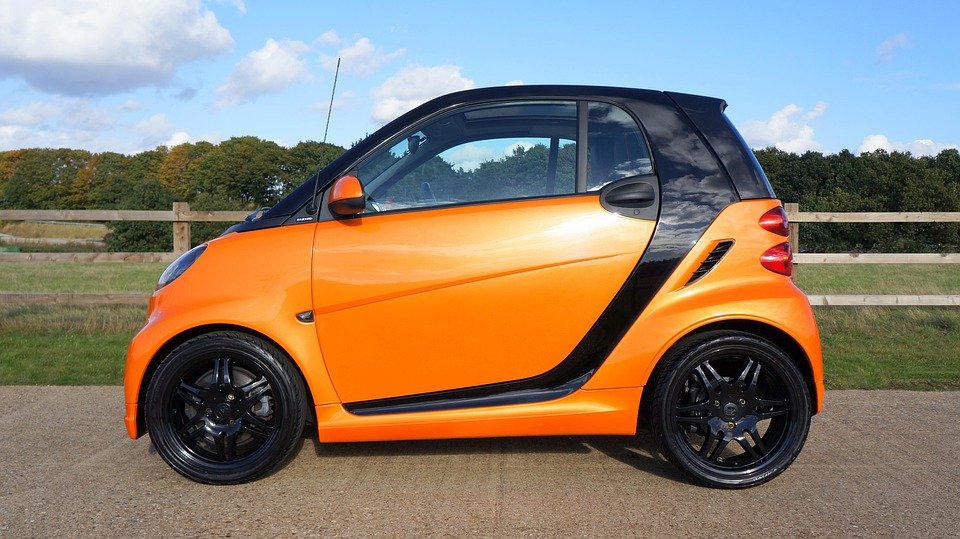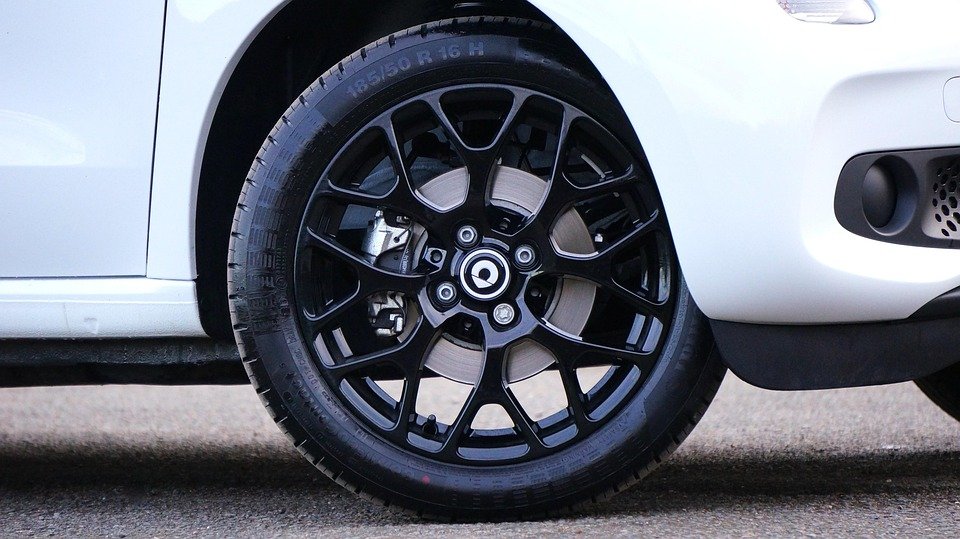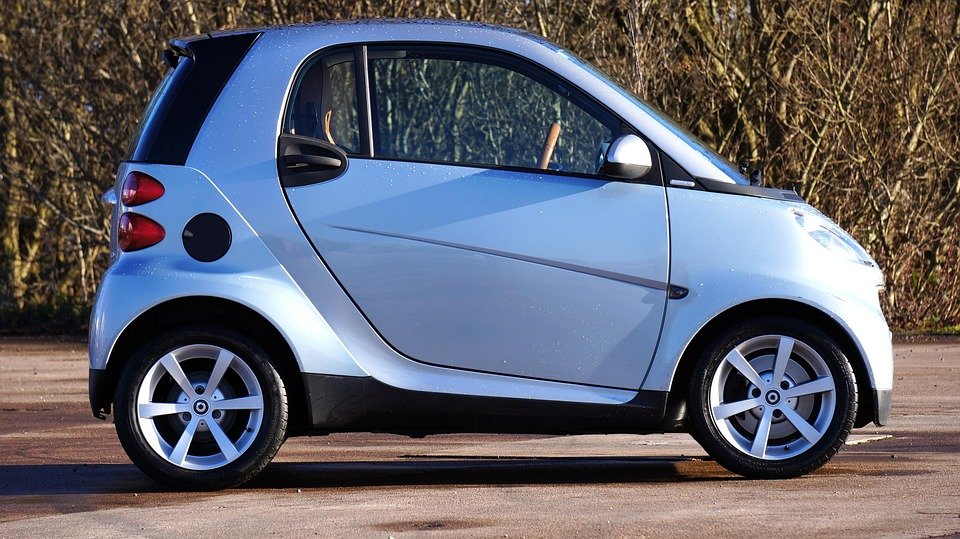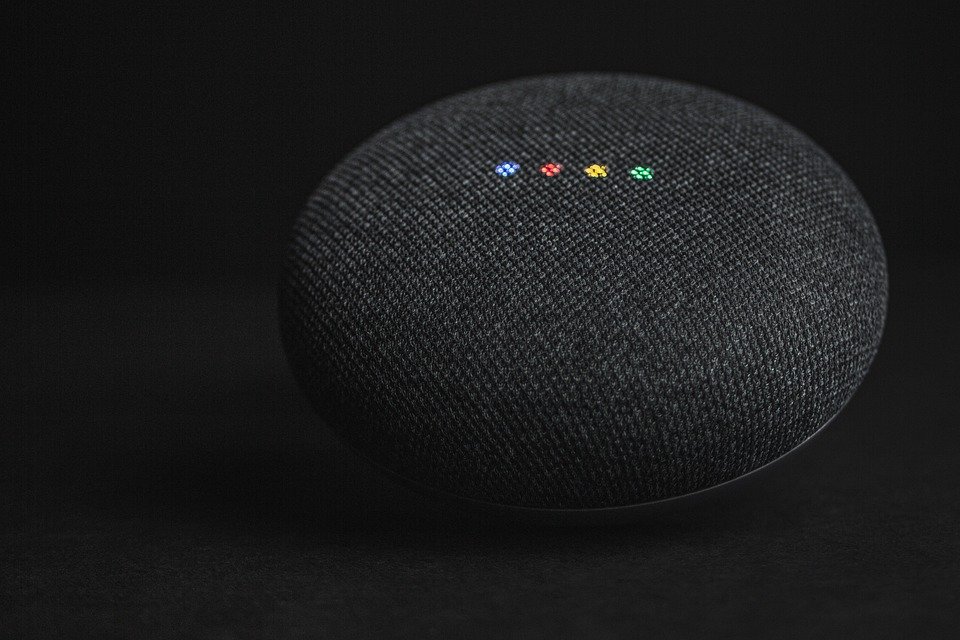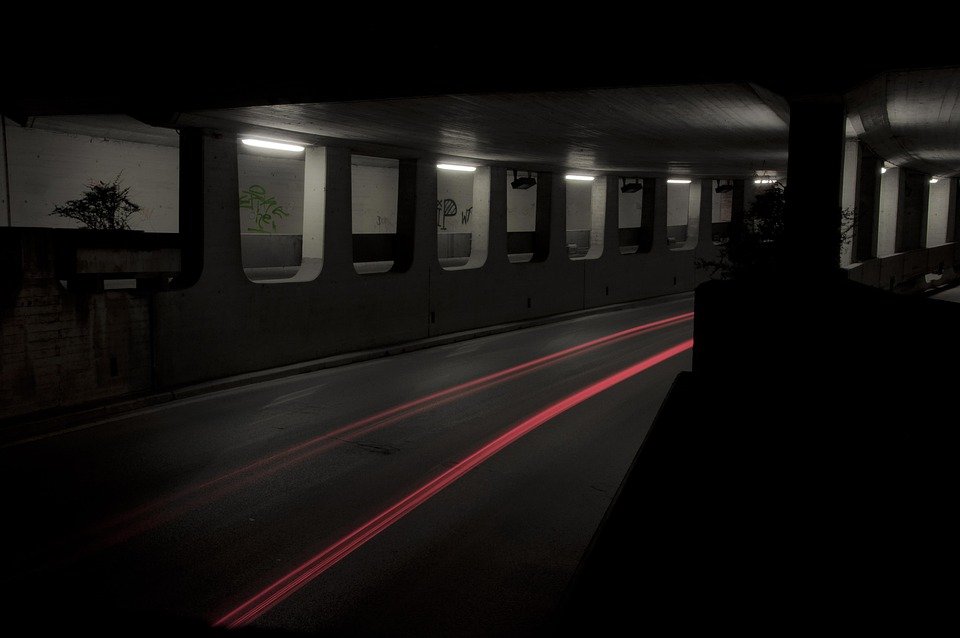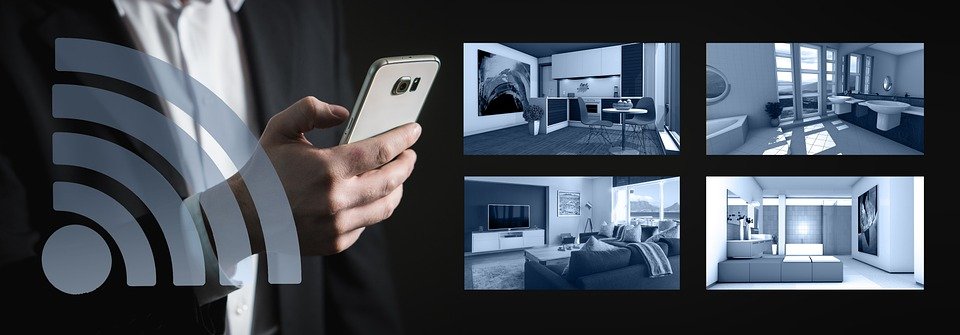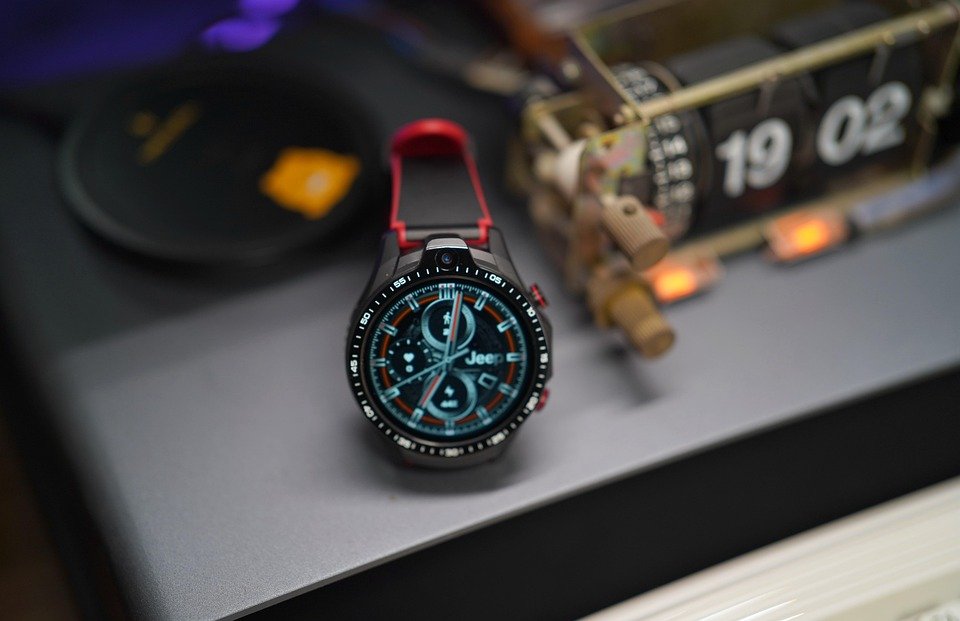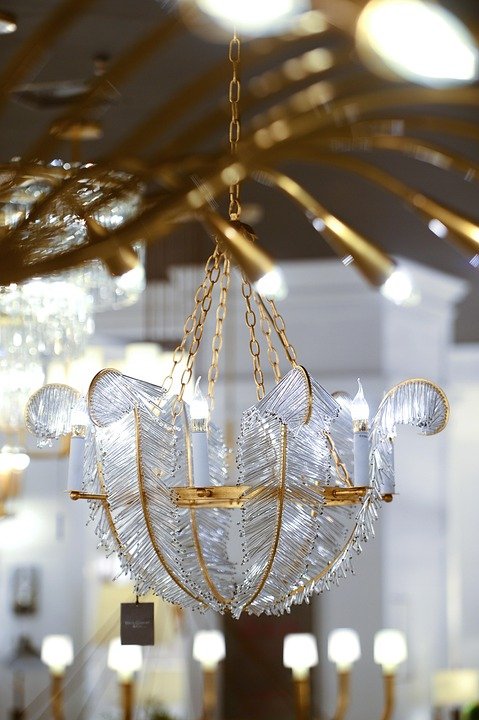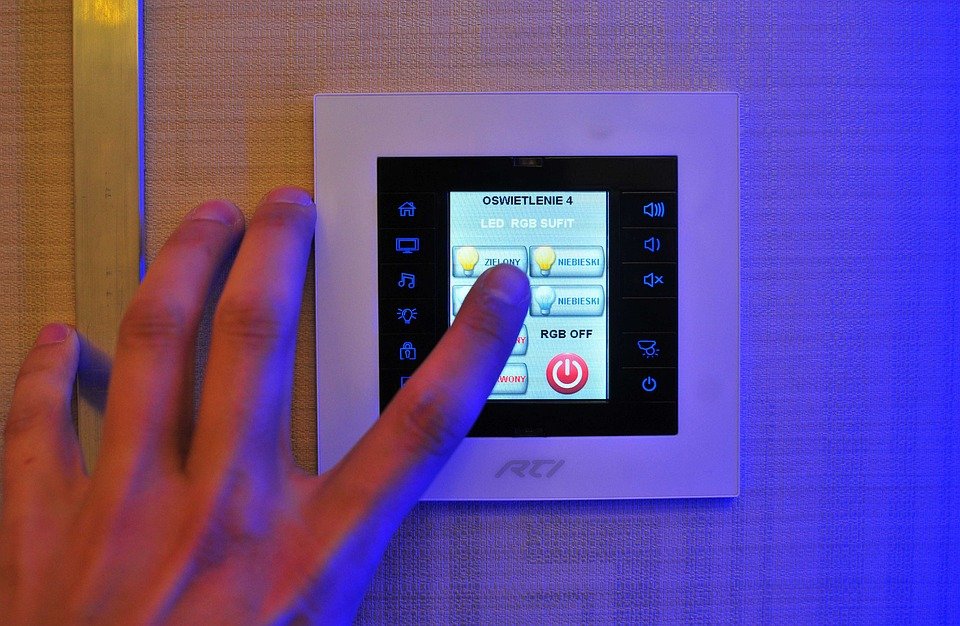Smart lighting has become increasingly popular in modern homes, offering convenience, automation, and energy-efficient solutions. But beyond their futuristic appeal, many homeowners wonder: Do smart lights actually save money? The answer depends on several factors, including usage habits, bulb type, and smart features. Let’s explore whether smart lights are a cost-effective investment.
1. Energy Efficiency of Smart LEDs
The primary way smart lights save money is by using LED technology, which consumes significantly less electricity than traditional incandescent or halogen bulbs.
- Incandescent bulbs waste 90% of their energy as heat and last only about 1,000 hours.
- LED bulbs (including smart LEDs) use up to 80% less energy and last 15,000 to 25,000 hours.
By replacing inefficient bulbs with smart LEDs, households can lower their electricity bills—especially in rooms where lights are used frequently.
2. Smart Features That Reduce Energy Use
Smart lights come with features that contribute to additional savings:
a) Scheduling & Automation
- Set lights to turn on/off at specific times, ensuring they’re only used when needed.
- Use sunrise/sunset automation to sync lights with natural daylight.
b) Motion & Presence Sensors
- Lights can turn on only when someone enters a room and switch off automatically when the room is empty, preventing unnecessary energy waste.
c) Dimming & Adaptive Lighting
- Adjust brightness based on activity (e.g., dim lighting at night), reducing power consumption.
d) Remote Control & Power Monitoring
- Turn off lights remotely via a smartphone app if you forget to switch them off before leaving home.
- Some smart bulbs provide energy usage reports, helping track savings over time.
3. Cost Comparison: Smart Bulbs vs. Regular LEDs
While smart LEDs are more energy-efficient than incandescent bulbs, they are more expensive than standard LED bulbs.
| Feature |
Standard LED Bulb |
Smart LED Bulb |
| Initial Cost |
$5–$10 |
$15–$50 |
| Lifespan |
15,000–25,000 hrs |
15,000–25,000 hrs |
| Energy Use |
Low (6–10W) |
Low (6–10W) |
| Smart Features |
None |
Scheduling, automation, remote control |
When Do Smart Lights Pay for Themselves?
If used strategically (e.g., automation, remote control, dimming), smart bulbs can save 10%–30% more energy than traditional LEDs. The higher upfront cost may be offset by long-term savings, especially in homes where lights are frequently left on.
4. Additional Ways to Maximize Savings
- Use smart plugs or switches to control multiple lights at once.
- Pair with a smart thermostat for whole-home energy efficiency.
- Choose bulbs with energy certifications (e.g., ENERGY STAR).
Conclusion: Are Smart Lights Worth It?
Yes, smart lights can save money, but the extent of savings depends on how they’re used. If you rely on automation, scheduling, and energy-efficient features, the long-term benefits outweigh the initial cost. However, if you simply replace bulbs but don’t use smart features, standard LEDs may be more cost-effective.
For homes looking to reduce electricity bills and enhance convenience, smart lighting is an excellent investment—just ensure you’re using them optimally!
Would you like recommendations on the best smart lights for saving money? Let us know!


